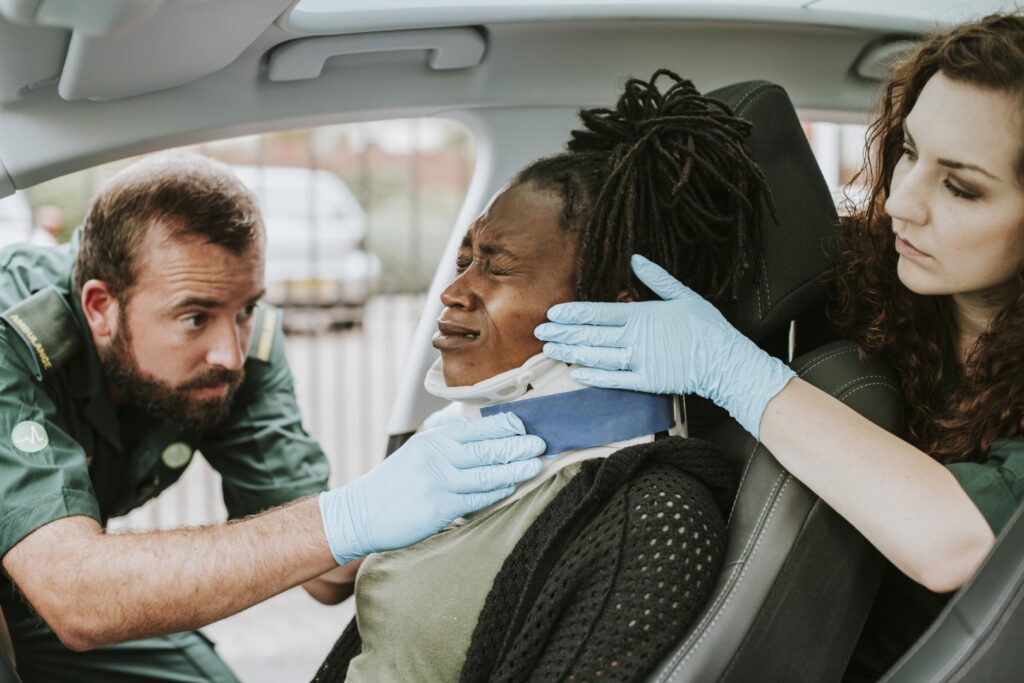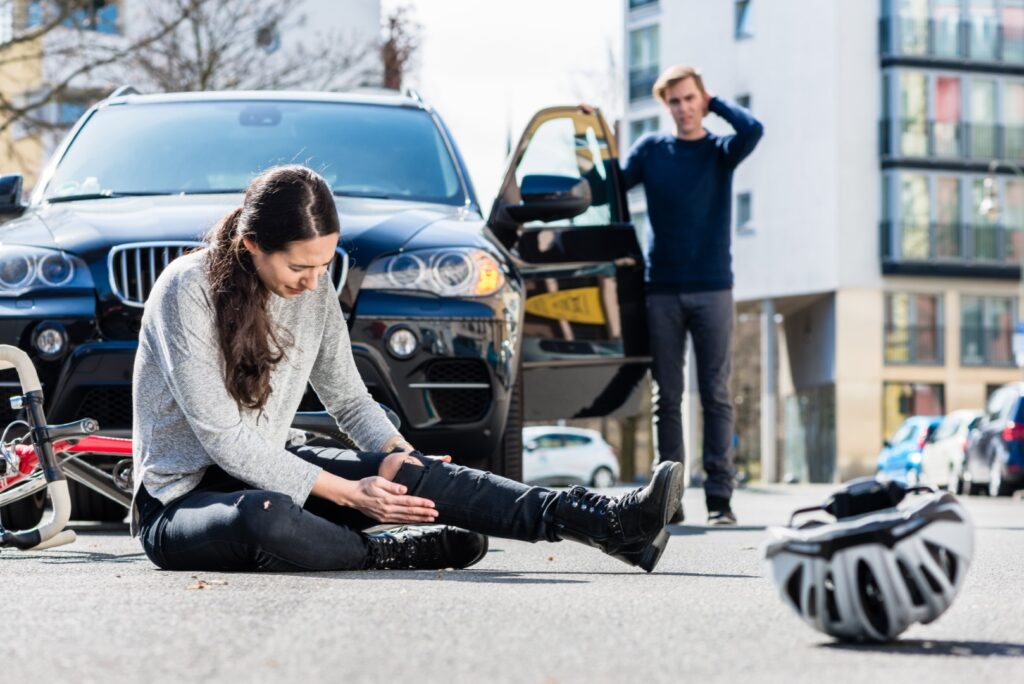No matter who’s at fault, anyone can receive injuries from car accidents. A combination of several factors can all lead to bodily harm. Moreover, high-speed collisions aren’t the only instances where severe and permanent injuries occur. Small and sudden bumps also present dangers of their own.
As such, arming yourself with the knowledge of some of the more common injuries from car accidents will benefit everyone involved. Knowing the dangers will help remind you of good driving practices. Furthermore, knowledge on the matter could help save lives during emergencies.
Below are some examples of the more common injuries resulting from car accidents. Read on to discover their symptoms and causes.
1. Whiplash
Whiplash occurs when soft tissues in your body stretch suddenly and forcefully during a collision. Recurring pain can often be a result of this type of injury. Additionally, speed as low as 10 miles per hour can still result in whiplash. Overall, this type of injury is the most common reason people hire a personal injury lawyer.
Some examples of soft tissue in your body include:
- Tendons
- Ligaments
- Muscles
As such, the neck becomes the most susceptible part of the body for this type of injury. With or without seatbelts on, a sudden impact can cause your neck to lurch forwards and backward. As such, the ligaments and tendons there get stretched and pulled without any warning.
This often results in pain in those areas for a few days. Things like pain medications and neck braces are typical after experiencing whiplash. However, it’s also worth mentioning that whiplash typically doesn’t result in permanent injuries. This means that proper pain management often leads to full recovery.
Overall, spotting the symptoms of whiplash after an accident can be a massive help in responding to it. Pain or discomfort around the neck and back can be the first warning signs of this injury. Keeping your neck and back in a neutral position can prevent any discomfort from worsening. Finally, a proper inspection from a medical professional can tell you where to go from there.
2. Broken Bones
Broken bones are also a typical result of car accidents. The impact created from some vehicular accidents can be more than your bone density can handle. As such, keeping this in mind can help you during the aftermath of a collision.
While broken bones can occur on any part of the body, some areas are more prone to damage than others. These areas to look out for are:
- Ribs
- Wrists
- Ankles
- Legs
- Pelvis
Firstly, the limbs are often the most exposed part of the body inside a vehicle. During a car accident, the arms and legs may get pushed against the stirring wheel and floor. Additionally, they may also become pinned between tight spaces in the event of high-speed collisions.
Next, the ribcage is also prone to this injury. While seatbelts are a great help during car accidents, they also present a few drawbacks. The force at which the seatbelt stops the rest of the body from moving forward can prevent you from worse injury but can damage your ribs as a result.
Finally, the pelvis will also need special attention during accidents. Due to the design of the average car, your pelvis is in alignment with the car’s bumper. As such, any impact the bumper receives will ultimately travel down this path first.
Should broken bones become an immediate concern after a car accident, your best plan of action is to immobilize the injured area. Moreover, applying pressure to stop any bleeding from these injuries is crucial in the moments before emergency responders arrive.
3. Concussions
Concussions refer to traumatic brain injuries a person can receive for several reasons. In general, they typically occur from impact placed on the head. As such, they’re a common concern of medical professionals when responding to a vehicular collision.
Common signs of concussion can include any combination of the following:
- Confusion
- Dizziness
- Nausea
- Blurred vision
- Slurred speech
Head injuries can be tricky to address in most situations. While you or a victim of head injuries may feel fine, severe risks may be underneath the surface. Overall, keeping all parties involved in an accident relaxed and away from the road helps ensure everyone’s well-being.
While there are more warning signs for a concussion, these examples can give you a general idea of what a person may be experiencing. Spotting them can help prevent further injury from occurring.
Takeaway
While no one can predict accidents from happening, you aren’t powerless in the face of them. Education on possible risks can help keep you steady should you ever face them. Moreover, they help reinforce the importance of safe driving practices. Ultimately, an educated driver is a responsible driver.


